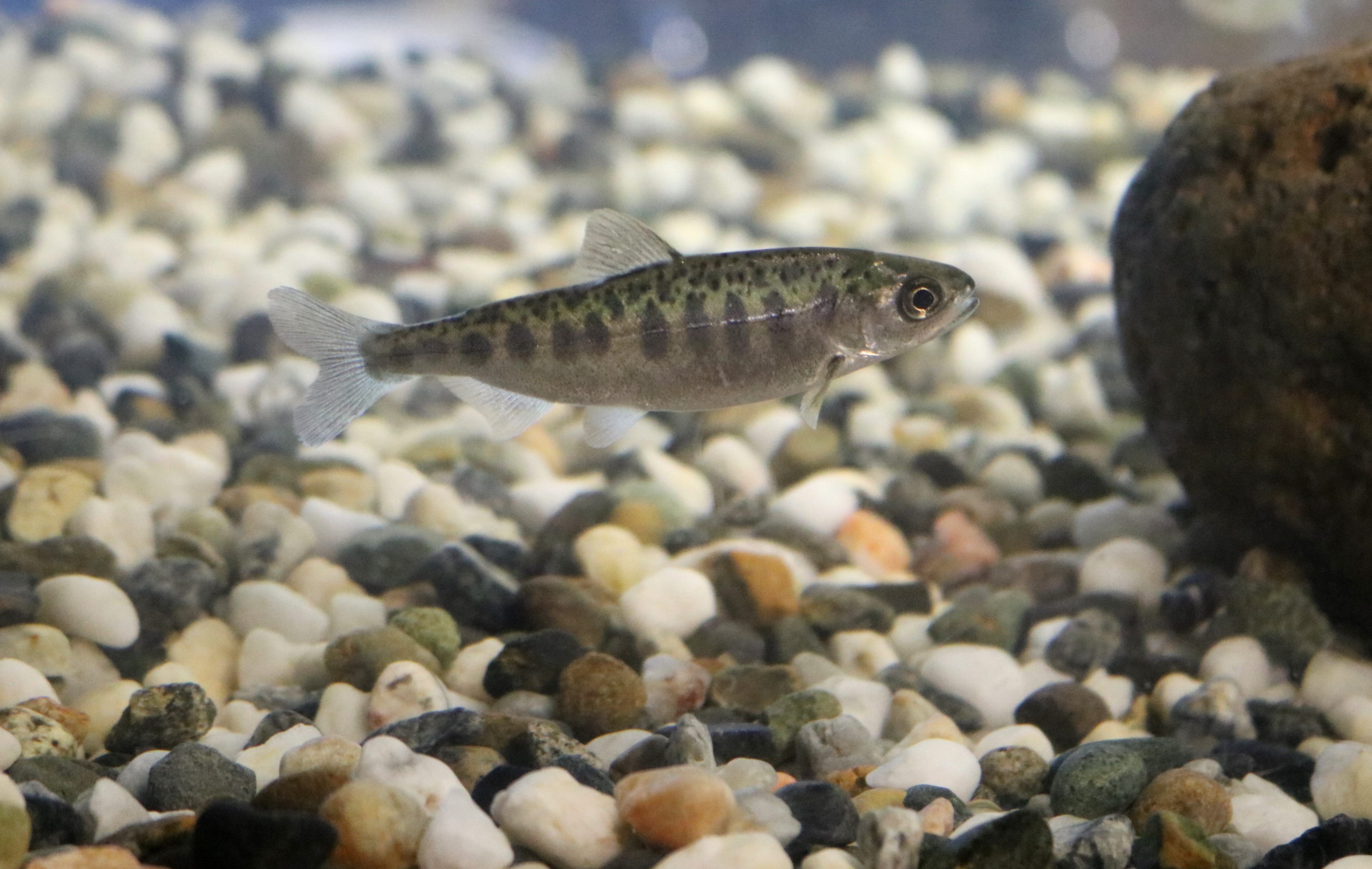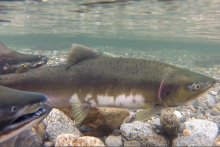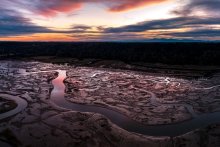30 Years of West Coast Salmon Restoration: By the Numbers
December 3, 2021
28 populations of salmon and steelhead are listed as threatened or endangered in Washington, Oregon, Idaho, and California—largely due to habitat loss and other factors.
Nearly half of the historical tidal wetlands have disappeared from Oregon's coastal estuaries. In Washington’s Puget Sound more than 80 percent of tidal wetlands have been lost and vast areas of floodplain wetlands have been cut off from rivers by levees or filled for development. In California, nearly 90 percent of the historical wetlands have been lost from habitat destruction, mainly spurred by a booming population and economic development. And pollution, up and down the coast, impairs the growth of sensitive juvenile salmon.
Healthy salmon and steelhead populations are ecologically important for river and ocean food webs, and they’re equally important to people. They’re a part of the social fabric of First Nations’ and tribal religions, cultures and sustenance. Commercial and recreational salmon fisheries also contribute to local and regional economies.
For the past 30 years, we’ve worked to recover funds from those responsible for pollution on the West Coast, to invest back into restoring waterways for declining salmon and steelhead.
With our co-trustees and other local partners, we reconnect and restore estuaries, wetlands, floodplains, tidal waters, and rivers to help fish reach important habitats. We also restore West Coast seagrasses and oysters, which contribute to healthy habitats for salmon.
NOAA’s DARRP program’s salmon and steelhead restoration has achieved decades of success. As of 2021, here are some highlights—by the numbers:
-
1,908 acres restored: We’ve rebuilt almost 2,000 acres of marsh, wetlands and other habitats for fish
-
2,621 acres protected: We’ve protected more than 2,500 acres of fish habitats from future development
-
130 miles of streams and rivers opened: Even just a few miles in a watershed can make a difference for salmon and steelhead populations to access new or historic habitats
-
4,546 volunteers have contributed 21,828 hours of work toward restoration: We leverage partnerships and local organizations to engage local people in restoration, to do more and achieve bigger impacts








